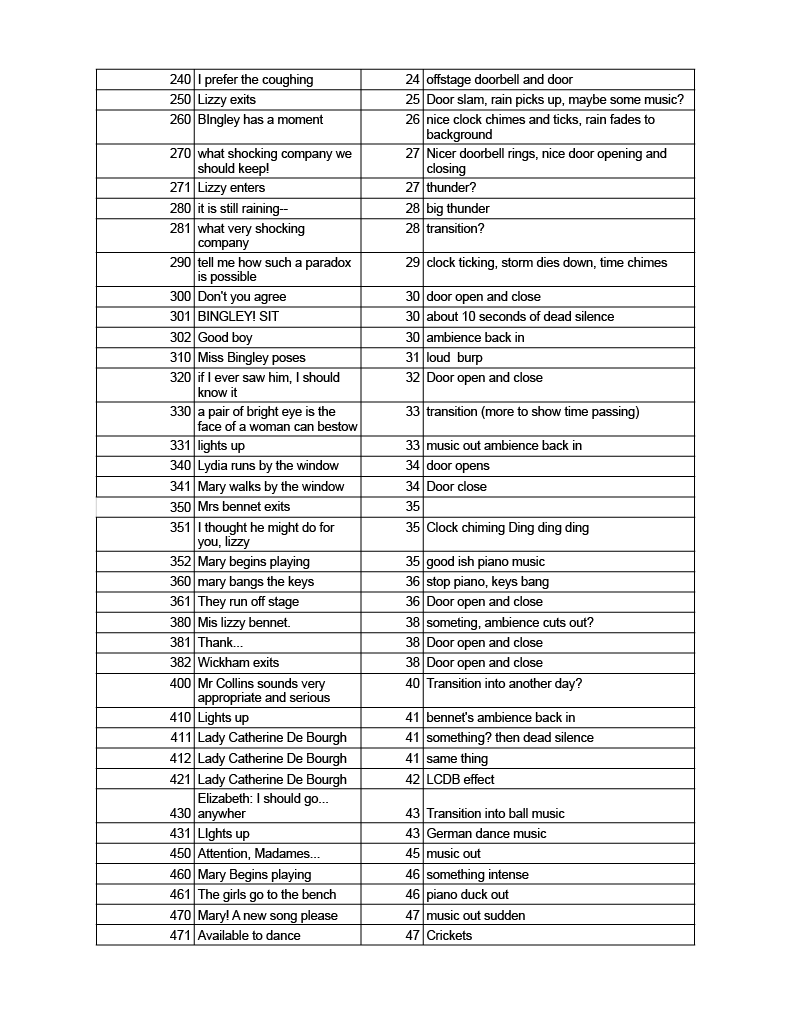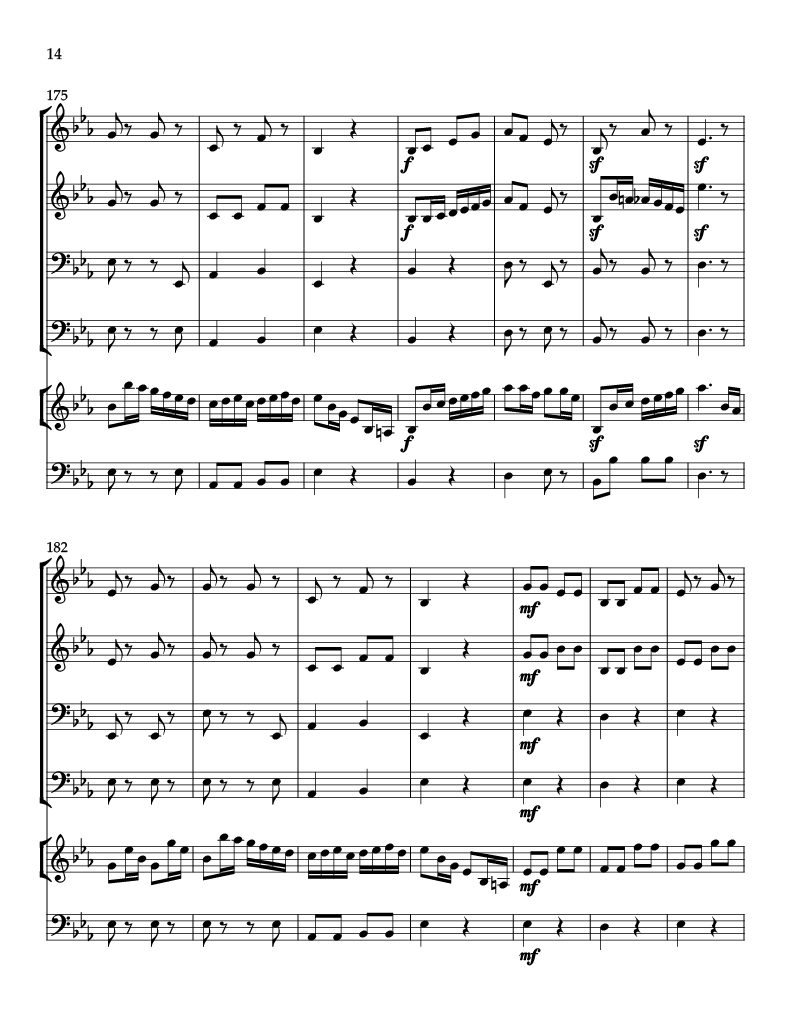Pride & prejudice
By: Kate Hamill
Artistic Team
Sound Design/Composition: Jaime Lupercio Director: Lisa Channer
Lighting Design: Wesley A. Cone
Scenic Design: Jacelyn Stewart
Costume Design: Nat Koch-Smith
Design Concept
“Not Your Mother’s Pride and Prejudice.”
It is hard to imagine anyone who hasn’t heard of a Pride & Prejudice or at least Jane Austen. Much of the modern concepts of love in media have been influenced by her work. Kate Hamill’s adaptation however takes all those expectations and flips them on their heads. We embraced the wonderful absurdity that love makes us all endure when in it’s thralls in this show, and we laughed all the while.
Photo Credit: Dan Norman
Regency Music and Social Dancing
We would be remiss if we didn’t pay homage to the origins of this show. During the Regency Era social dancing was all the rage, but why? Well aside from presenting your status and wealth in either your dress and demeanor, it was one of the few place in society where women were allowed to be free. We reflected that in the music by not just sticking to the “traditional” parlor music of the period, but by also exploring social music throughout the British Isles. Reels, broadsides, jigs, anything that any group of people with a couple of instruments and the ability to carry a tune could play, we threw it into the pot.
Photo Credit: Dan Norman
modern influence
Pride & Prejudice has been around for over 200 years, and it still hits people today just as hard as it did when first published. After all why else would there be so many iterations of it, aside for the desire to see Colin Firth soaking from the rain? I believe it is because it shows a struggle that many of us still have to this day. The agency to choose who you love is just as real today as it was in 1813. So if P&P can still influence us all theses years later, why can’t the opposite be true? We decided to let our hair down and uncinch our corsets a little for this show and picked music that showed the love and longing within this classic story, but from our modern perspective.
Paperwork







































































































